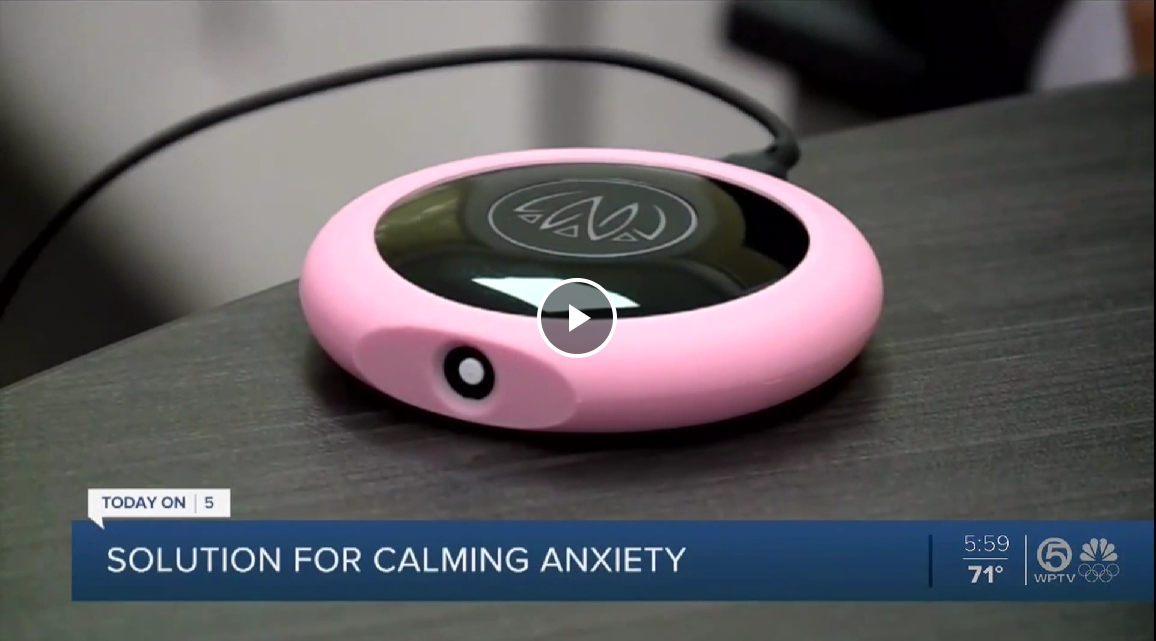Most of us appreciate that learning a second language is difficult and only gets harder as we get older. Try to imagine learning Mandarin Chinese from scratch…in your later years. The secret is something called neuroplasticity, which allows your brain to learn new things but also learn them faster.
Knowing that vagus nerve stimulation (VNS) studies have shown improved memory, attention, and auditory processing, teams at University of Maryland and Walter Reed Medical Center set out to test the potential benefits of using transcutaneous VNS (tVNS) on learning a second language. Researchers used Neuvana’s headphones in their study to deliver tVNS through the left outer ear canal and tragus.
The first results of their work were published in the Annual Review of Applied Linguistics in June 2020. The study involved 83 native English-speaking participants, pairing tVNS with language training to determine whether tVNS allowed them to better understand and absorb Mandarin Chinese. Mandarin Chinese, unlike English, is a tonal language in which the meaning of a word changes based on voice inflection or tone. Participants were randomly assigned to either receive tVNS in combination with training or to a so called “sham group” that received no stimulation. Because the stimulation was administered at a level that cannot be felt on the skin, the participants and the researchers were “blind” to which group each participant was assigned to.
The study results showed learning advantages for tVNS recipients, including up to a 30% increase in recall for some subjects. “Even after only one day of training, tVNS had positive effects on lexical tone word learning as measured on lexical recognition and recall tests.” The advantages continued into the second day of a 2-day training period.
The study authors state, “The current results suggest a promising future for tVNS as fast, effective language learning support. Improvements were observed almost immediately...The promise of tVNS lies not only in these results but in the fact that tVNS can be induced safely with consumer-grade equipment straight out of the box.”
The University of Maryland and Walter Reed research teams performed this research under a grant from DARPA, the Defense Department’s research and emerging tech branch. The goal of DARPA’s 4 yearlong Targeted Neuroplasticity Training (TNT) program is to explore various safe neurostimulation methods for activating synaptic (nerve) plasticity. This increased neuroplasticity allows the brain to form new connections and is a requirement for learning.
Doug Weber, the TNT Program Manager, said in a DARPA press release. “DARPA’s goal with TNT is to further enhance the most effective existing training methods so the men and women of our Armed Forces can operate at their full potential.”
References
- Pandža, N., Phillips, I., Karuzis, V., O'Rourke, P., & Kuchinsky, S. (2020). Neurostimulation and Pupillometry: New Directions for Learning and Research in Applied Linguistics. Annual Review of Applied Linguistics, 40, 56-77. doi:10.1017/S0267190520000069
- Borland, Michael et al. (2018). The Interval Between VNS-Tone Pairings Determines the Extent of Cortical Map Plasticity. Neuroscience, 369, 76-86. Doi.org/10.1016/j.neuroscience.2017.11.004.
- Vonck, Kristl, et al. (2014). Vagus nerve stimulation…25 years later! What do we know about the effects on cognition? Neuroscience & Biobehavioral Reviews, 45, 63-71. doi.org/10.1016/j.neubiorev.2014.05.005.
- https://sharpbrains.com/blog/2017/05/12/eight-research-teams-working-with-darpa-to-discover-best-ways-to-activate-neuroplasticity-and-accelerate-learning/
- https://www.defense.gov/News/Article/Article/1164793/darpa-funds-brain-stimulation-research-to-speed-learning/






